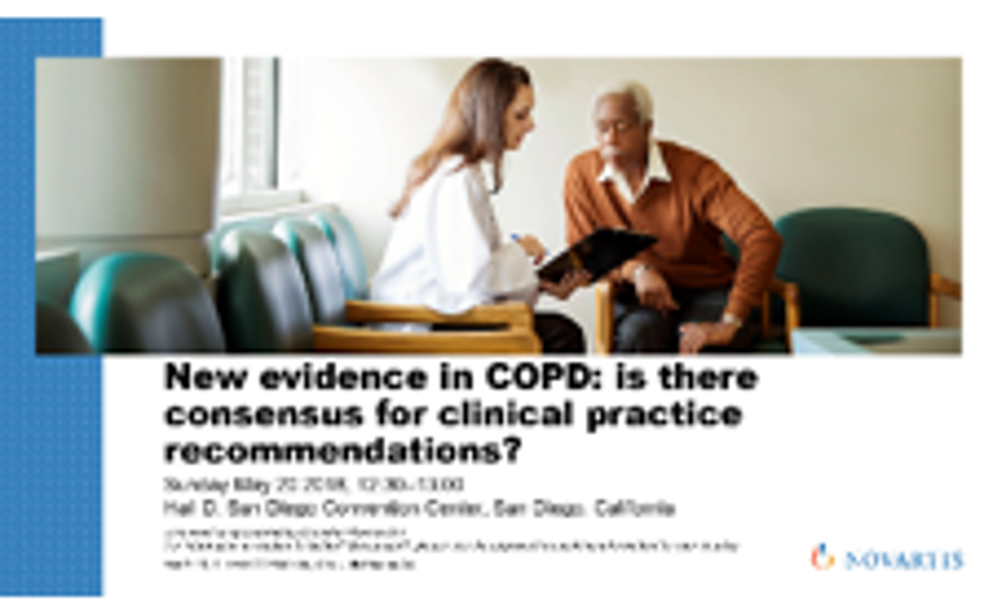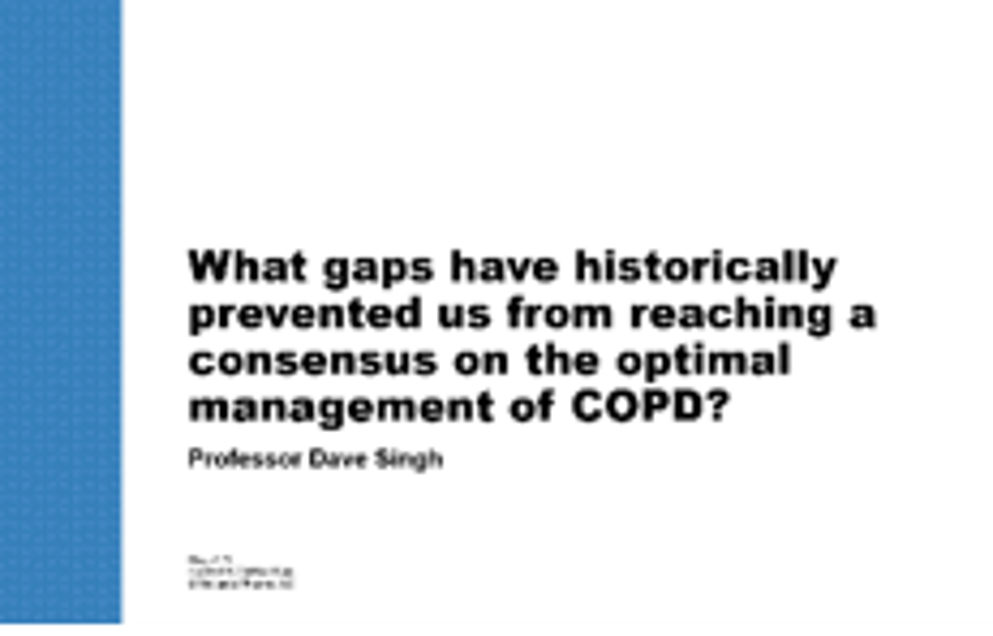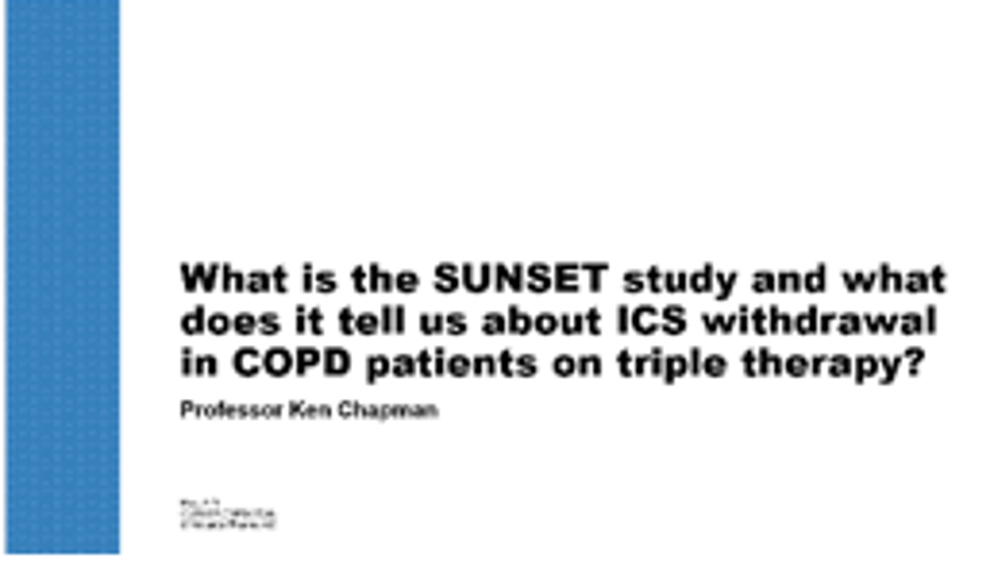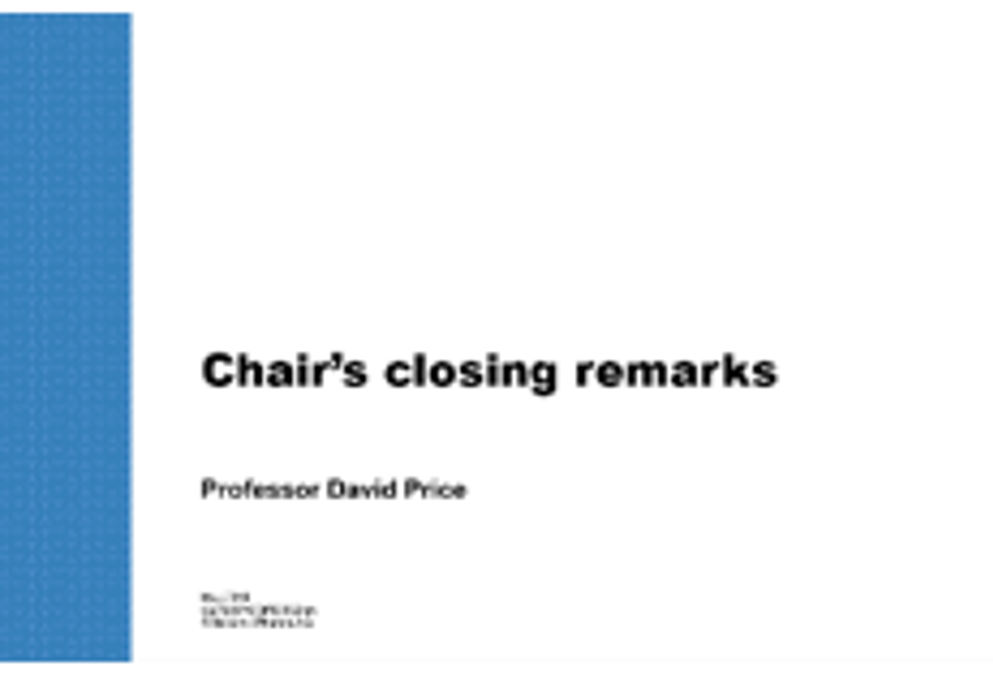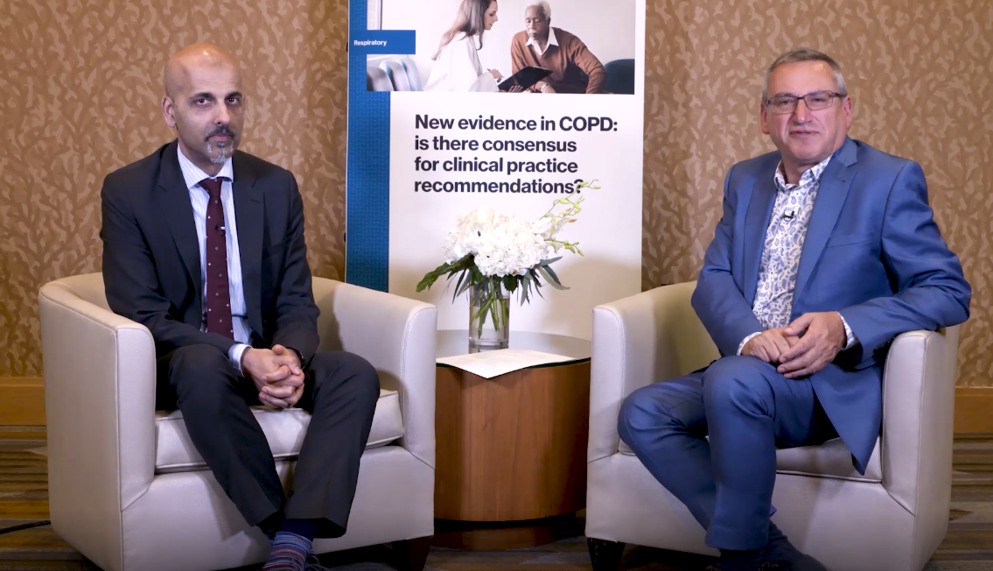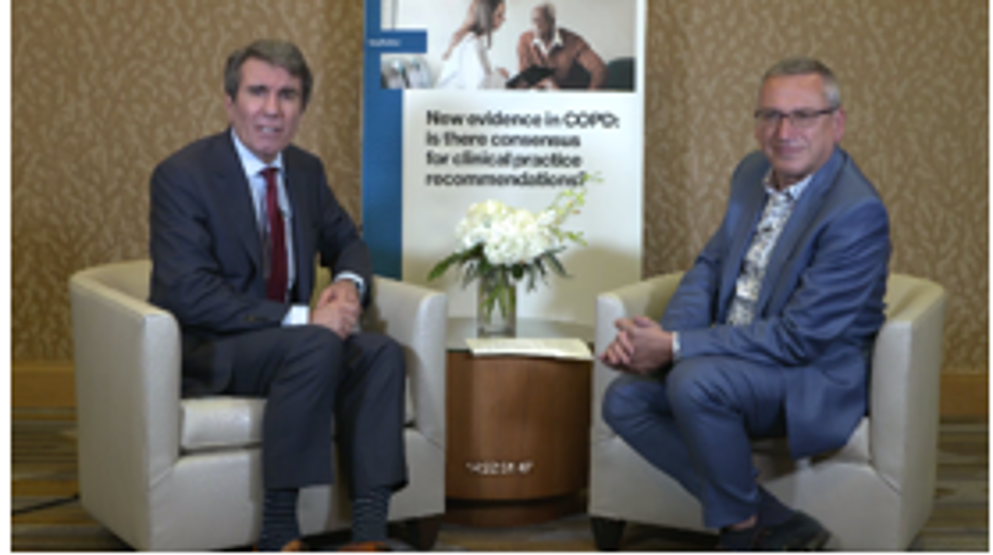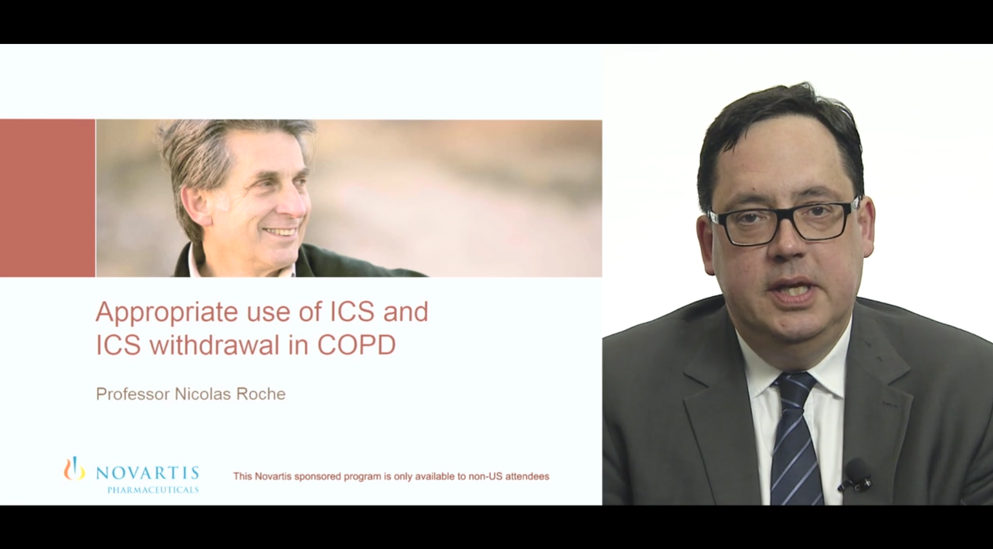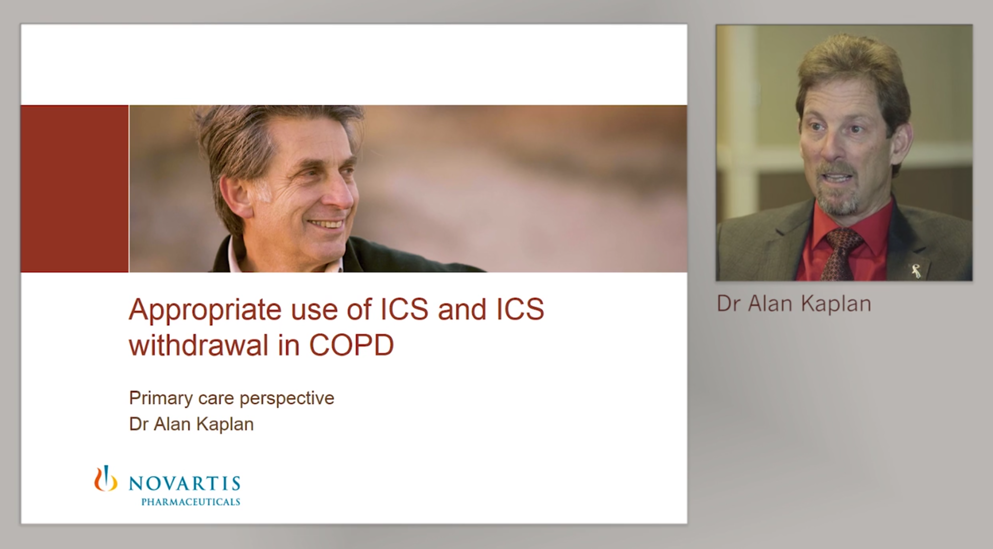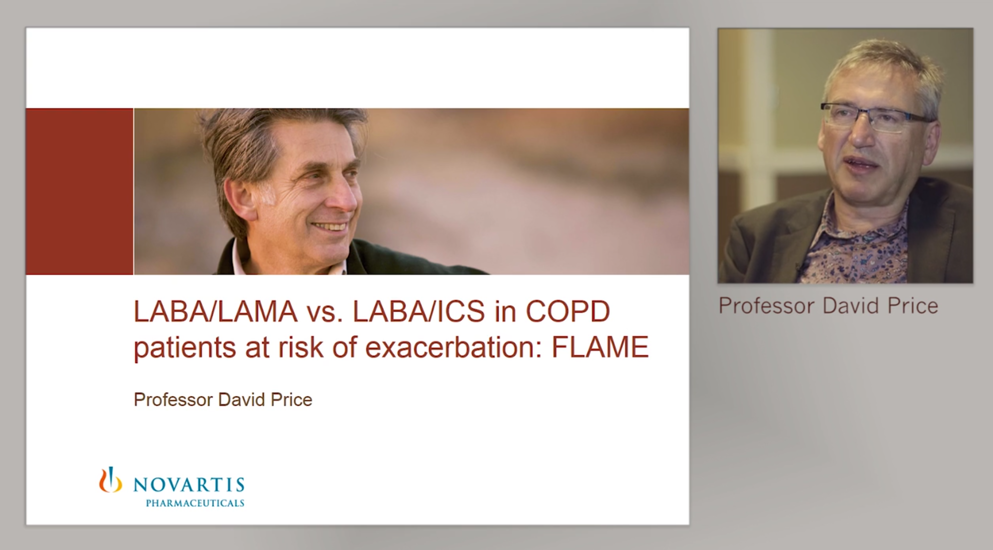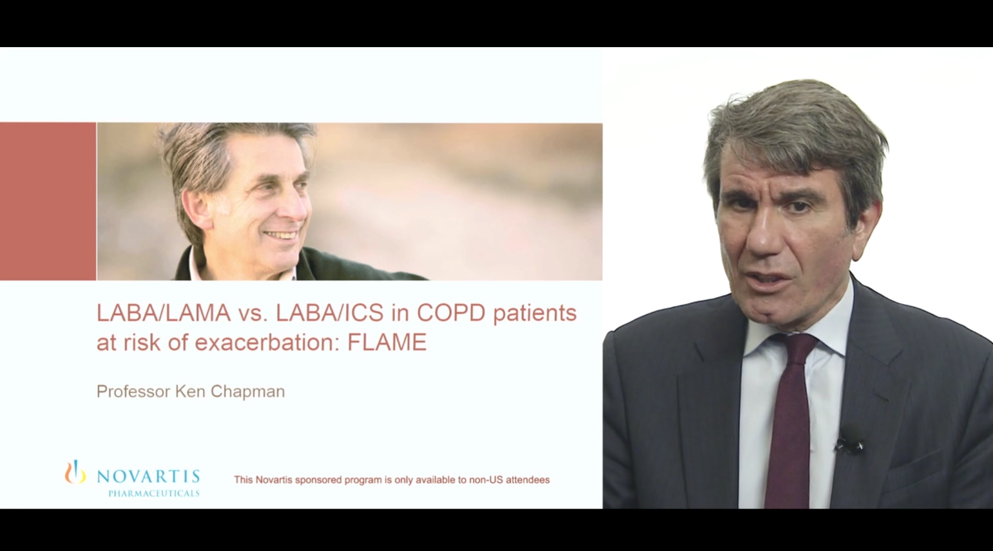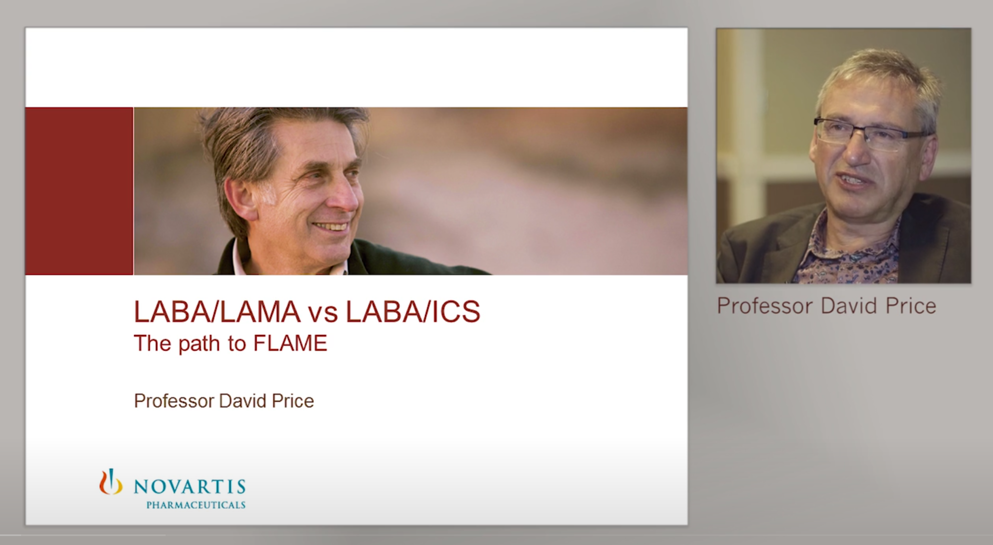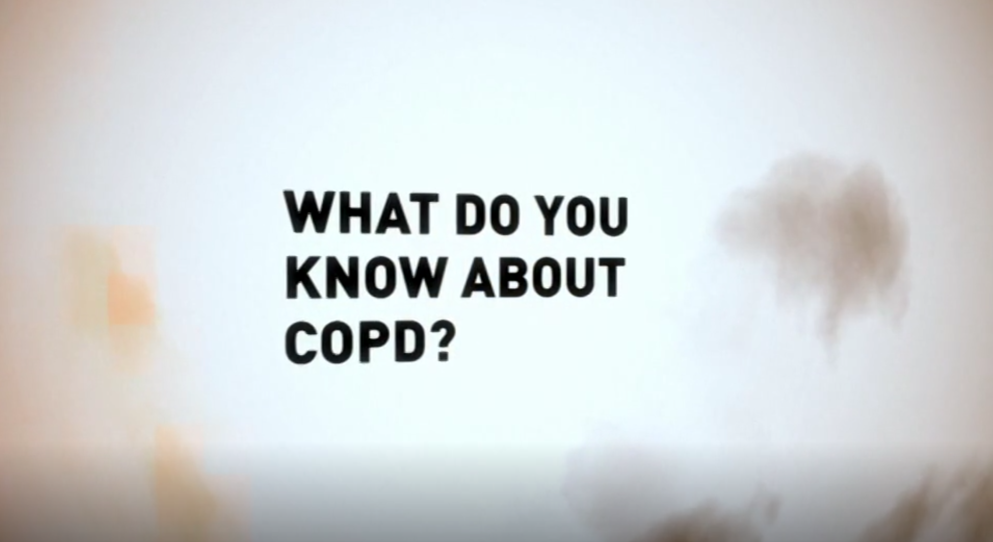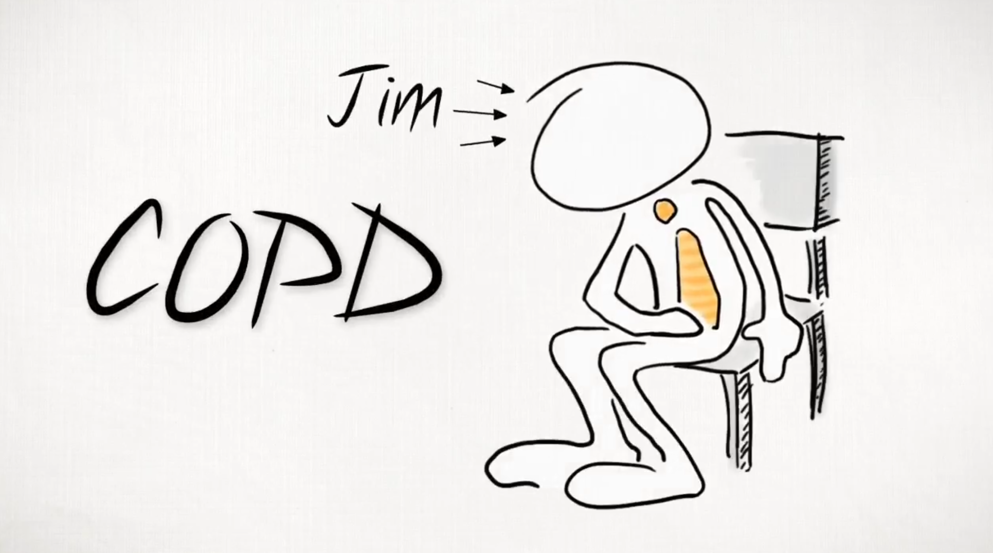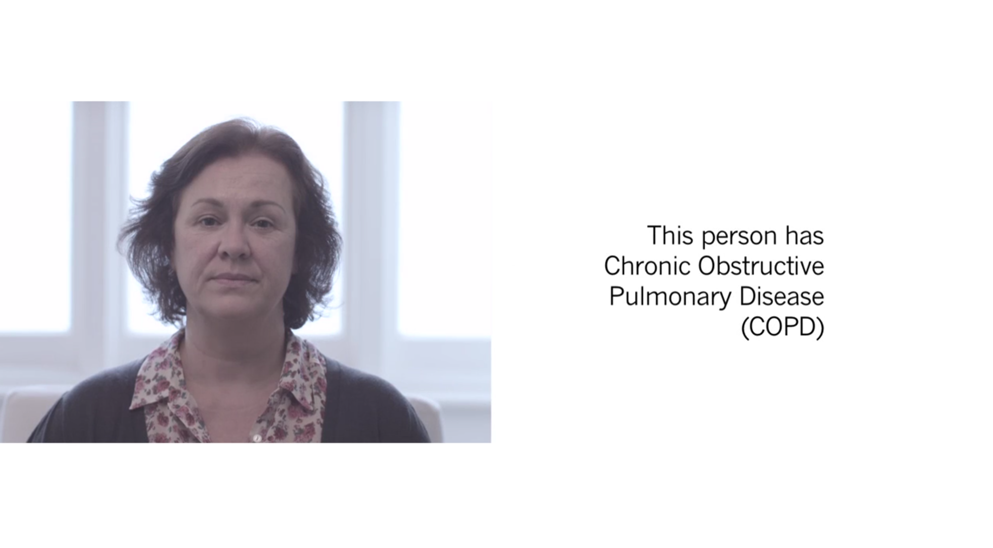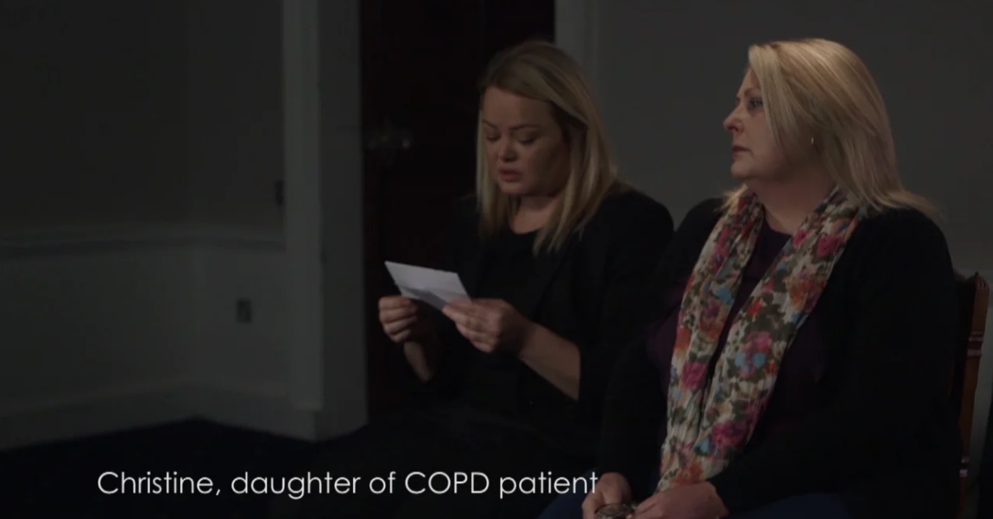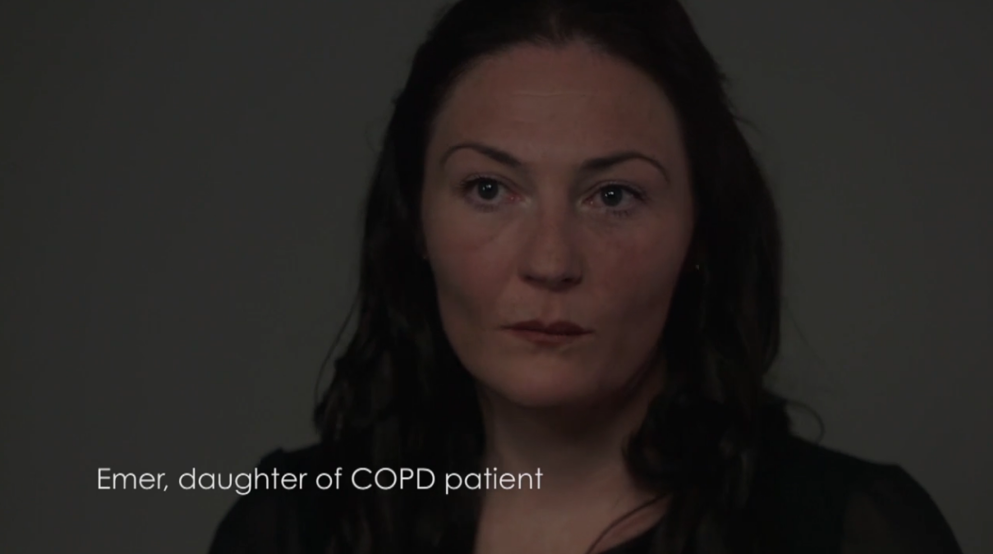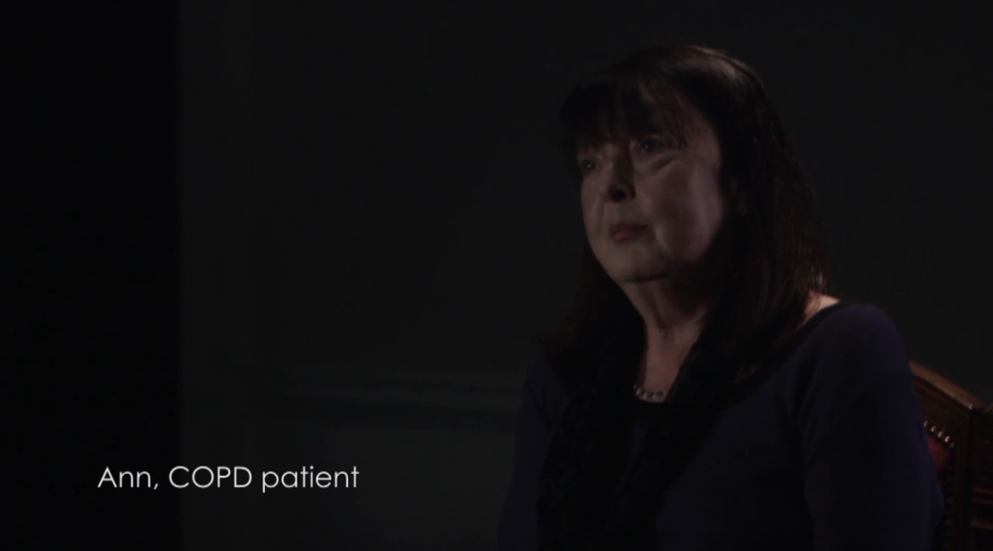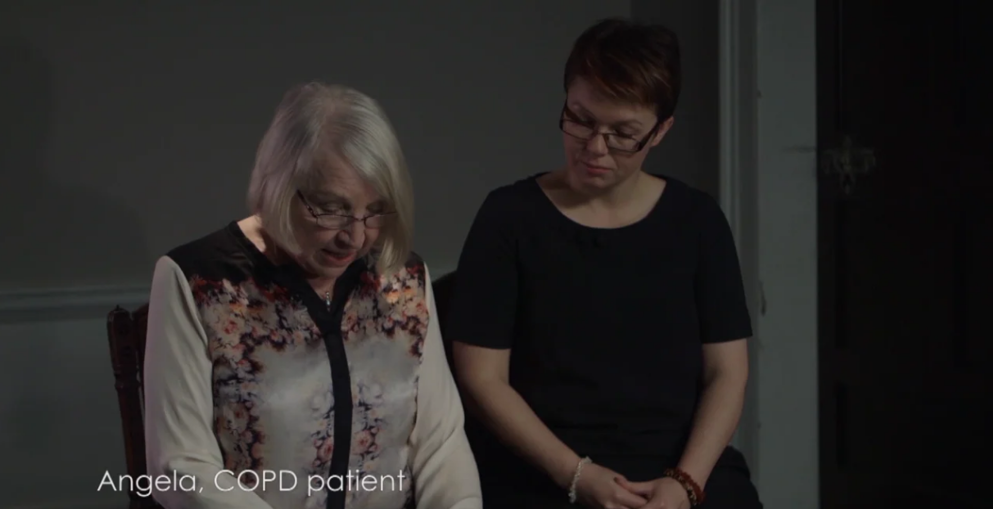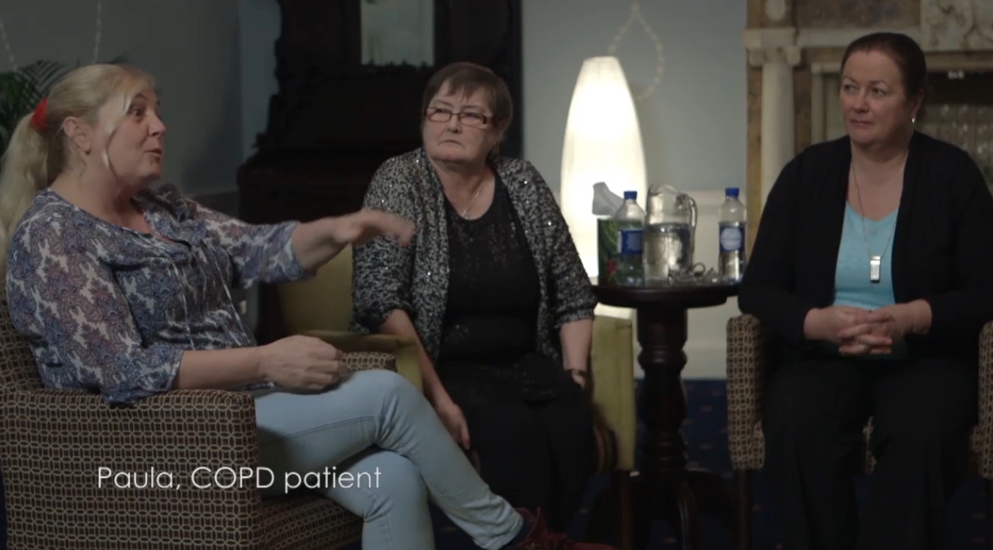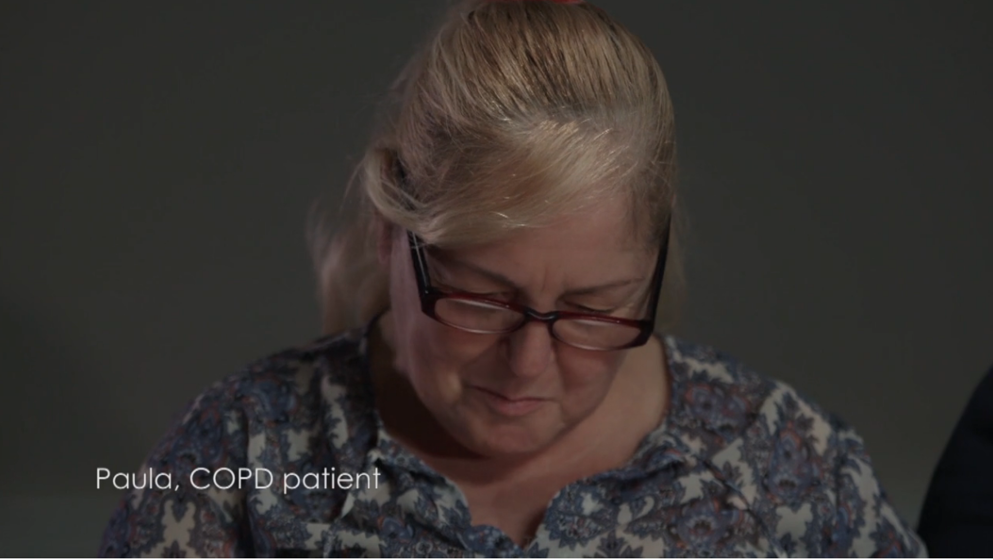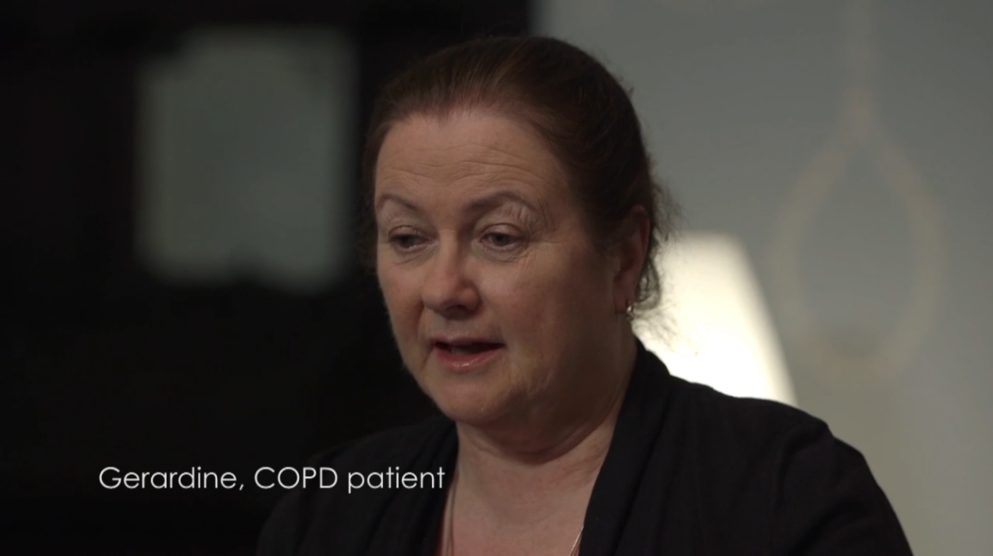COPD
Educational slides and resources
Explore this section of the zone for slides, infographics and other educational materials for COPD!
COPD resources
Symposia
New evidence in COPD: is there consensus for clinical practice recommendations?
Industry Theater – American Thoracic Society 2018, May 18–23.
Chaired by Professor David Price (Singapore), with Professors Ken Chapman (Canada) and Dave Singh (UK). Click these links to view their biographies and introduction videos.
During this Novartis supported Industry Theater, a faculty of experts discuss the new evidence informing the role of LABA/LAMA and LABA/LAMA/ICS therapy in COPD management. The importance of personalized COPD management is discussed, including clinical considerations and consensus regarding use of ICS, and evidence-based approaches for ICS withdrawal.
This Novartis sponsored programme is only available to non-US attendees.
Click these links for more information on Onbrez® Breezhaler®, Seebri® Breezhaler® and Ultibro® Breezhaler®.
ATS 2018 - Industry Theater resources
Professor Price highlights the importance of a personalised approach to COPD management and provides his closing remarks.
Webinars and Videos
Visit this section for COPD webinar and video content.
Webinars
View footage from the COPD Spotlight Webinar on the 2019 GOLD update for COPD management and find out the responses to some of the FAQs from the COPD Spotlight Webinar entitled ‘Can we avoid ICS in COPD? Time for clarity’.
GOLD 2019 update for COPD management
Welcome to the COPD Spotlight Webinar on the 2019 GOLD update for COPD management. The webinar provides a concise review of the recommendations from GOLD 2019 and the implications for clinical practice. The review is followed by an interactive Q and A session with physicians from across the world.
Our expert faculty guiding us through GOLD 2019 are Professor Wisia Wedzicha, Professor of Respiratory Medicine, National Lung and Heart Institute, Imperial College, London, UK, and Dr Kai Beeh, Founder and Medical Director of insaf Respiratory Research Institute, Wiesbaden, Germany.
Welcome and introduction
The webinar was chaired by Dr Karen Mezzi, Worldwide Medical Affairs Director, Novartis International AG, and took place in Paris, France.
Spotlight on the revised GOLD 2019 recommendations
Wisia Wedzicha, National Lung and Heart Institute, UK
Professor Wisia Wedzicha talks about the changes to GOLD 2019 from GOLD 2018, including the new dynspnoea/exacerbation algorithm for follow-up treatment, the central role of dual bronchodilation, and the importance of reassessment.
Spotlight on the implications of GOLD 2019 for clinical practice
Kai Beeh, insaf Respiratory Research Institute, Wiesbaden, Germany
Dr Kai Beeh explains how the revised GOLD 2019 recommendations can be used to improve everyday COPD clinical practice using real-life clinical case studies.
Global interactive Q & A session
The concluding webinar session ends with a range of practical, clinical questions submitted in real time by participating physicians from across the globe.
Can we avoid ICS in COPD? Time for clarity
This section provides answers from Professor Wisia Wedzicha and Dr Kai Beeh to the FAQs from the COPD Spotlight Webinar entitled “Can we avoid ICS in COPD? Time for clarity”.
FAQ - COPD Spotlight Webinar Can we avoid ICS in COPD? Time for clarity
Question 1
A patient receiving triple therapy moves from Global initiative for chronic Obstructive Lung Disease (GOLD) group D to B. Should we re-evaluate this patient every 12 months or leave him/her on triple therapy because inhaled corticosteroid (ICS) dependency was previously shown?
Wisia Wedzicha answers:
- If a patient receiving triple therapy moves from GOLD group D to B and has only one or no exacerbations over the past 12 months, I would try to withdraw the ICS.
- When withdrawing ICS, it is very important to warn patients that they may still get a cold and have an exacerbation (one moderately severe exacerbation over a 12 month period is GOLD B level), but this is not an indication for ICS therapy.1 I would avoid withdrawing ICS directly over a winter period when the risk of exacerbations is much higher.
- It is also important to inform patients that when an ICS is withdrawn, they will experience some short-term withdrawal effects. While we would hope that with dual bronchodilator therapy some of these withdrawal effects will be reduced, patients may still experience some dyspnoea, cough or wheeze. Nonetheless, that is not an indication to go back on an ICS.
Kai Beeh answers:
- If a patient is exacerbating, treatment is escalated and the patient stabilizes, this indicates they are responding to and benefiting from receiving ICS, or triple combination therapy.
- On the other hand, we now have a de-escalation strategy for the management of COPD, as for asthma. For example, when treating patients with asthma, we step up therapy, reassess the stability of the patient and once we have reached clinical control, we step down therapy.2
- As such, although previous history suggests that this patient is an ICS responder, there is no reason why we cannot try to withdraw ICS and minimize exposure to this therapy after a period of monitoring.
**DISCLAIMER: Responses reflect the speakers’ opinions at the time of the webinar and may not necessarily reflect opinion of Novartis Pharma AG**
Question 2
If a patient is in Global initiative for chronic Obstructive Lung Disease (GOLD) group D and is stable on long acting β2 agonist/long-acting muscarinic antagonist (LABA/LAMA), but their eosinophil level is above 300 cells/µL, should we escalate to triple therapy or not?
Wisia Wedzicha answers:
- My view is that if a GOLD group D patient is stable on a LABA/LAMA and not frequently exacerbating (i.e. with 0 or 1 exacerbation per year), but has an elevated eosinophil level, I would repeat the assessment of eosinophil levels and monitor them.
- If a patient has two exacerbations per year and a high eosinophil level, then that is an indication for inhaled corticosteroids (ICS), as identified in the WISDOM study.
- In WISDOM, ICS withdrawal only increased exacerbation risk in patients with ≥2 exacerbations per year and blood eosinophils elevated at a level ≥400 cells/µL.3
- In patients with fewer than two exacerbations per year, an ICS-containing medication should not be used.1
Kai Beeh answers:
- It is important to remember that we are not treating a biomarker. In this case, the biomarker of eosinophil levels helps us to identify patients with exacerbations who are likely to respond to treatment with an ICS.
- The indication for the use of ICS is exacerbation frequency, so if a patient is stable on a dual bronchodilator, I would not escalate to triple therapy, regardless of eosinophil count.
DISCLAIMER: Responses reflect the speakers’ opinions at the time of the webinar and may not necessarily reflect opinion of Novartis Pharma AG
Question 3
Is one long acting β2 agonist/long-acting muscarinic antagonist (LABA/LAMA) combination superior to others and why?
Kai Beeh answers:
- Currently, we do not have head-to-head comparative evidence for LABA/LAMA combinations in terms of relevant outcomes.
- To date, one small study has been undertaken that assessed lung function markers4
- In this randomised, two-period crossover open-label study, change from baseline in trough forced expiratory volume in 1 second (FEV1) in symptomatic patients with COPD (N=236) was determined at Week 8, following treatment with umeclidinium/vilanterol (UMEC/VI) and tiotropium/olodaterol (TIO/OLO)
- At Week 8, UMEC/VI was superior to TIO/OLO in terms of change in trough FEV1
- However, this study provided little data in relation to how LABA/LAMA combinations may differ in terms of efficacy/safety outcomes.
- For some LABA/LAMA combinations, such as indacaterol/glycopyrronium, there is an abundancy of consistent data. However, for other LABA/LAMA combinations, there is less evidence (e.g. in relation to exacerbation outcomes versus comparators). As a result, it is fair to consider the available evidence when it comes to choice of LABA/LAMA in clinical practice
- When choosing a LABA/LAMA, it is important to remember that the effects observed may not apply to all LABA/LAMAs.
Wisia Wedzicha answers:
- In terms of the extent to which FEV1 has been studied, there is likely to be not much difference between LABA/LAMA combinations, but other efficacy outcomes have been studied to a much greater extent in some compounds compared with others.
- A study comparing the effects of two different LABA/LAMA combinations on exacerbation outcomes is unlikely to be undertaken. As such, in my opinion, we should consider the available evidence and our experience with the compounds when choosing a LABA/LAMA combination.
DISCLAIMER: Responses reflect the speakers’ opinions at the time of the webinar and may not necessarily reflect opinion of Novartis Pharma AG
Question 4
Does a high eosinophil count indicate asthma-COPD overlap (ACO)?
Wisia Wedzicha answers:
- Currently, we have little real knowledge about the cause(s) of high blood eosinophil counts in patients with COPD and their significance.
- We do know that blood eosinophils and sputum eosinophils are quite different.
- In one study, a weak correlation was reported between blood and sputum eosinophil levels, and blood eosinophil % did not predict sputum eosinophil %.5
- We do not understand what a high blood eosinophil level really means, but an association between high blood eosinophils and risk of exacerbations has been reported.
- In a recent study, the rates of COPD exacerbations during 1-year follow-up were significantly greater for patients with blood eosinophil counts of ≥300 cells/mm3, ≥400 cells/mm3 and ≥500 cells/mm3, compared with patients with eosinophil levels lower than these cut-offs.6
- I think that high eosinophil counts could indicate a move into the ACO territory, but there is limited evidence available. It should be noted that patients should not be treated based on a high eosinophil count, but on their exacerbation history.1
Kai Beeh answers:
- Some recent COPD studies included patients with a prior history or current diagnosis of asthma. In these studies, higher levels of eosinophils were reported (on average), which could signify ACO.7,8
DISCLAIMER: Responses reflect the speakers’ opinions at the time of the webinar and may not necessarily reflect opinion of Novartis Pharma AG
Question 5
Would you measure blood eosinophils in non-frequently exacerbating patients? If yes, would you make a distinction between patients with 0 and 1 exacerbation in your approach?
Wisia Wedzicha answers:
- Data from exacerbation studies inform us that exacerbation events are not very frequent and that a patient may experience one exacerbation one year, but then may not have an exacerbation over the next few years.
- In the ECLIPSE study, the majority of patients reporting 0 or 1 exacerbation in the year before enrolment went on to have infrequent exacerbations in the first year of the study (negative predictive value 79%).9
- Similarly, infrequent exacerbations in Years 1 and 2 predicted infrequent exacerbations in Years 2 and 3 of the study, respectively (with corresponding negative predictive values of 83% and 84%).9
- In terms of measuring blood eosinophils in infrequent exacerbators, I would do this, as it is very useful to obtain a baseline reading.
- If blood eosinophils are elevated and the patient is not exacerbating, I would repeat the assessment and monitor eosinophil levels but not make any immediate change to therapy.
Kai Beeh answers:
- I think that determining eosinophil levels may be useful to characterize patients. However, for infrequent exacerbators, the eosinophil level (whether high or low) does not modify management decisions, which should be based on exacerbation history.1
DISCLAIMER: Responses reflect the speakers’ opinions at the time of the webinar and may not necessarily reflect opinion of Novartis Pharma AG
FAQ References
- Global Initiative for Chronic Obstructive Lung Disease (GOLD). Global strategy for the diagnosis, management, and prevention of chronic obstructive pulmonary disease. 2018 Report. Available at: http://goldcopd.org/gold-reports/. Last accessed 28 November 2017.
- Global initiative for Asthma (GINA). Global strategy for asthma management and prevention. Updated 2017. Available at: http://ginasthma.org/2017-gina-report-global-strategy-for-asthma-management-and-prevention/ Last accessed 4 May 2017. 2017.
- Calverley PM, Tetzlaff K, Vogelmeier C, Fabbri LM, Magnussen H, Wouters EF, Mezzanotte W, Disse B, Finnigan H, Asijee G, Hallmann C, Watz H. Eosinophilia, frequent exacerbations, and steroid response in chronic obstructive pulmonary disease. Am J Respir Crit Care Med 2017;196(9):1219-1221.
- Feldman GJ, Sousa AR, Lipson DA, Tombs L, Barnes N, Riley JH, Patel S, Naya I, Compton C, Alcazar Navarrete B. Comparative Efficacy of Once-Daily Umeclidinium/Vilanterol and Tiotropium/Olodaterol Therapy in Symptomatic Chronic Obstructive Pulmonary Disease: A Randomized Study. Adv Ther 2017;34(11):2518-2533.
- Kolsum U, Donaldson GC, Singh R, Barker BL, Gupta V, George L, Webb AJ, Thurston S, Brookes AJ, McHugh TD, Wedzicha JA, Brightling CE, Singh D. Blood and sputum eosinophils in COPD; relationship with bacterial load. Respir Res 2017;18(1):88.
- Zeiger RS, Tran TN, Butler RK, Schatz M, Li Q, Khatry DB, Martin U, Kawatkar AA, Chen W. Relationship of Blood Eosinophil Count to Exacerbations in Chronic Obstructive Pulmonary Disease. J Allergy Clin Immunol Pract 2018;6(3):944-954.e945.
- Papi A, Vestbo J, Fabbri L, Corradi M, Prunier H, Cohuet G, Guasconi A, Montagna I, Vezzoli S, Petruzzelli S, Scuri M, Roche N, Singh D. Extrafine inhaled triple therapy versus dual bronchodilator therapy in chronic obstructive pulmonary disease (TRIBUTE): a double-blind, parallel group, randomised controlled trial. Lancet 2018;391(10125):1076-1084.
- Lipson DA, Barnhart F, Brealey N, Brooks J, Criner GJ, Day NC, Dransfield MT, Halpin DMG, Han MK, Jones CE, Kilbride S, Lange P, Lomas DA, Martinez FJ, Singh D, Tabberer M, Wise RA, Pascoe SJ. Once-Daily Single-Inhaler Triple versus Dual Therapy in Patients with COPD. N Engl J Med 2018;378(18):1671-1680.
- Hurst JR, Vestbo J, Anzueto A, Locantore N, Mullerova H, Tal-Singer R, Miller B, Lomas DA, Agusti A, Macnee W, Calverley P, Rennard S, Wouters EF, Wedzicha JA. Susceptibility to exacerbation in chronic obstructive pulmonary disease. N Engl J Med 2010;363(12):1128-1138.
Though the actor Leonard Nimoy was well known for his legendary role as Mr. Spock, few people knew that he was diagnosed with COPD 30 years after he quit smoking. Since his death, Leonard’s family has developed a documentary to raise awareness of the impact of COPD; Novartis is proud to support this special initiative to educate viewers about COPD through Leonard’s and others’ personal stories.
Full documentary is due for release soon. For more information please visit www.copdllap.com.
Developed in collaboration with the British Lung Foundation in recognition of World COPD Day, this video demonstrates how patients with COPD are affected by everyday activities, paying particular attention to the how symptoms are reported as being worse in the mornings.
COPD in women
Gerardine describes the positive attitude that helps her cope with COPD.
Educational slides
A number of educational slide decks are available to view and download from this section.
Download
of interest
are looking at
saved
next event
Developed by EPG Health for Medthority in collaboration with Novartis Pharma AG, with content provided by Novartis Pharma AG.
COPD educational resources: GLRESP/RESP/0386.

